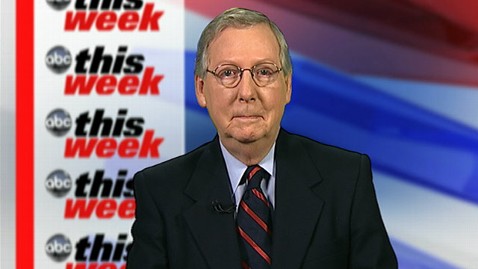The December 27 encounter in Pulwama that resulted in five civilians being shot and wounded during the firefight between the Army and Lashkar-e-Taiba militants is just the latest flashpoint. Even though it was a joint operation between the police and the Army, both parties came out with different versions of what happened.
The Army was vehement that its men had not fired at protesters, that occurred when an injured major was being evacuated. The police, on the other hand, blamed the Army and filed an FIR against the troops. For a few days, as some of the injured protesters were in hospital, both 15 Corps and Police HQ were monitoring their health hourly. The improvement in their health had a direct impact on the police's assaults on the Army. Five days later, the issue has vanished.
Enraged Army men point this out as yet another instance of Kashmir Police's political games. They say that the entire issue was blamed on the Army so as to insulate the government from public anger in case a protester died. To buttress their case, the Army says the Pulwama encounter nailed just one such police lie.
On July 28 last year, four tourists from Maharashtra were killed in a militant attack on the Jammu-Srinagar highway. The police brass had then claimed that the deaths were caused by an LPG cylinder blast. Five months later, the police did a u-turn, accepting that one of the militants killed in Pulwama was responsible for a grenade attack that killed the tourists.
"We had to save the tourist season, so we lied," said a senior police officer.
At the heart of this bickering is a personality clash between the new man in charge of 15 Corps, Lt-Gen OP Singh, and the police top brass. Considered a soldier's soldier by his men, Lt-Gen Singh has been unable to build a working relationship with his police counterparts. Security meetings are fraught with each side accusing the other of mishandling situations.
For almost all of 2012, both sides have bickered over exactly how many militants have come into Kashmir. Even today, there's no consensus, but the Army has accused the police of downplaying the scale of militant ingress to please the National Conference. The unmasking of police sources within militant groups as double agents last summer is often quoted by the Army as proof of the police being at sea when it comes to intelligence.
So deep is the distrust that after a police tip-off led encounter carried out by the Army a few months ago, the corps commander ordered an internal inquiry to assess whether the men killed were indeed militants.
Part of the problem is the stark difference in the style of functioning of Lt-Gen Singh and his predecessor Lt-Gen Hasnain. In Kashmir, the latter's reputation as a "politically savvy" commander is often compared unfavourably with the man in charge. Lt Gen Singh's attempts to engage with the local media, including holding an iftaar dinner, have been seen as PR disasters.
The police brass, too, are vocal on how easy it was when Lt-Gen Hasnain was in charge - statements that do little to endear them to the current Army set up. All this is disturbing because 2013 is a crucial year in Kashmir. If this year is as calm as the past two years, then, in the words of a political commentator, "Omar Abdullah will be the most successful CM since 1987."
Within the security community, though, there is marked nervousness. Increased infiltration, elections in 2014 and the looming faceoff with Islamist Syed Ali Shah Geelani over implementing Supreme Court orders on the Amarnath yatra are factors that make for a combustible mix.










